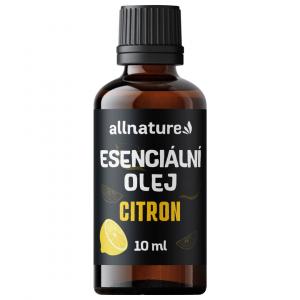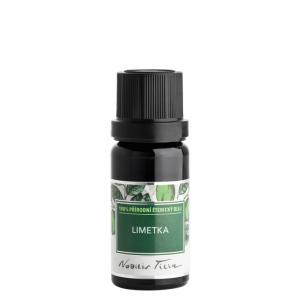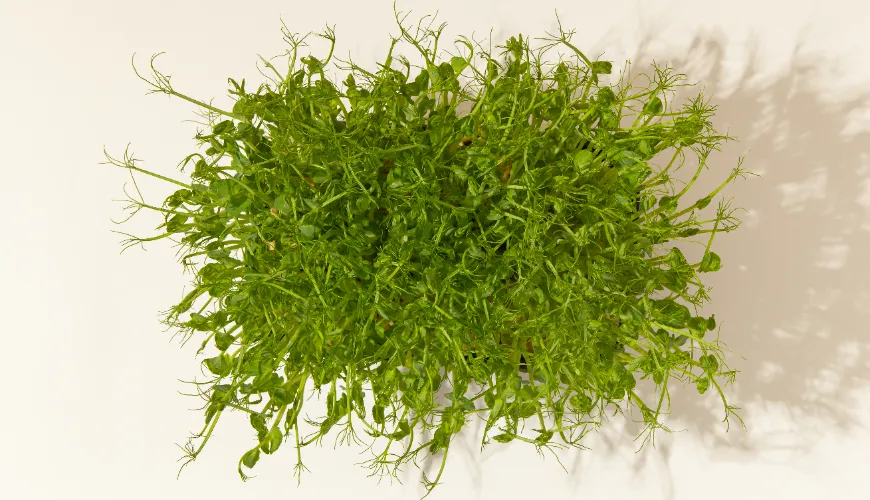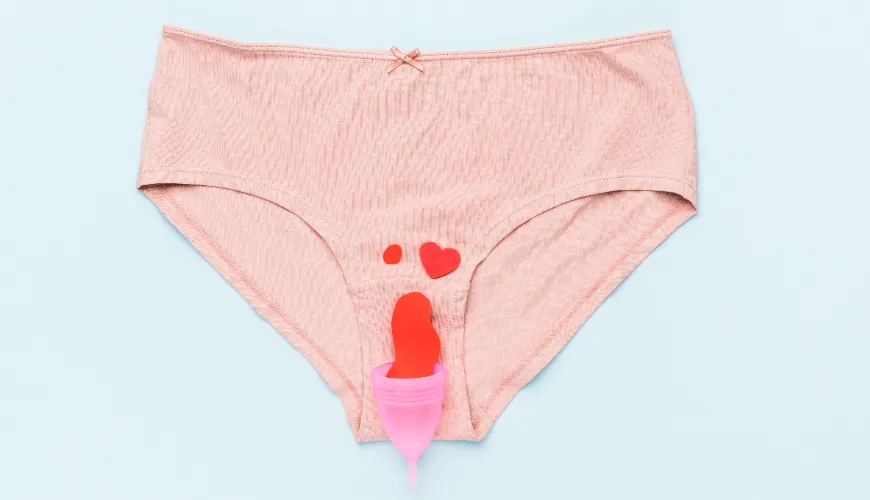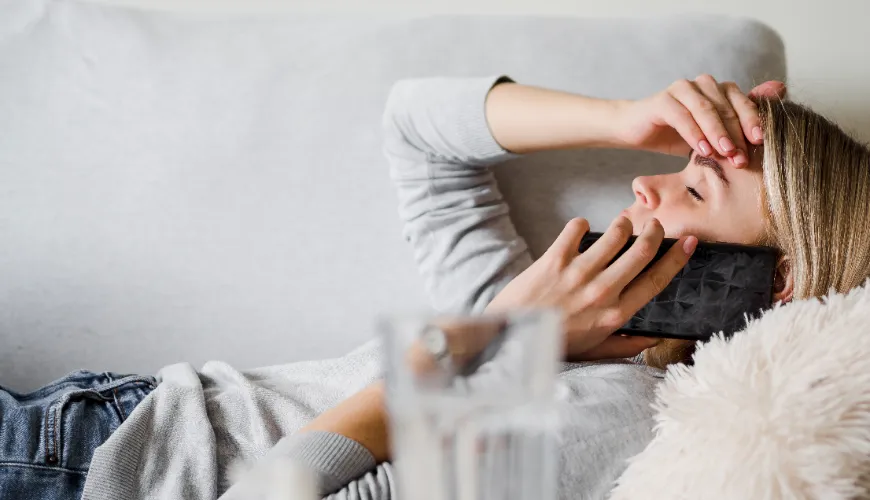
Successful Overcoming of Chills and Headache

Unpleasant Chills and Headache
Life occasionally presents us with symptoms like chills and headaches, which can significantly disrupt our daily routine and well-being. These symptoms have various causes and can be a signal from the body that it is fighting something adverse. To effectively deal with these unpleasant conditions, it is important to understand their nature, causes, and how to prevent or treat them. This article will offer you a detailed insight into the issues of chills and headaches.
Chills
Chills often occur as the body's response to infectious diseases. This symptom is very common in illnesses like the flu but can also appear in other conditions such as urinary tract infections or malaria. Chills are essentially an involuntary body reaction where muscles rapidly contract and release, resulting in the generation of heat by increasing body temperature.
How Does the Chills Mechanism Work?
During an infection, the immune system activates pyrogens, which are substances that signal the hypothalamus (the part of the brain responsible for regulating body temperature) to increase body temperature. This process is a defensive mechanism of the body because many pathogens are sensitive to heat, and their proliferation is limited at higher temperatures. As a result, chills may occur as the body tries to quickly reach a newly set higher temperature.
Headache - More than Just an Inconvenience
Headache is one of the most common types of pain that people experience. It can have a variety of causes and manifestations that differ in intensity, duration, and location.
Different Types of Headaches
-
Primary Headaches: These include migraines, tension headaches, and cluster headaches. Migraines can be particularly debilitating, accompanied by symptoms like aura, nausea, and sensitivity to light and noise.
-
Secondary Headaches: These headaches result from another medical condition, such as infection, high blood pressure, head injury, or medication reaction. In infectious diseases, like sinusitis, headache is common and associated with the inflammatory process in the sinuses.
How Are Chills and Headache Related?
These two symptoms often coexist, especially in the context of infectious diseases. Fever, as part of the immune response, can trigger or worsen a headache. Chills lead to an increase in temperature, which can cause a headache because the dilated blood vessels in the head may press on nerve endings that signal pain.
Prevention of Chills and Headaches
Prevention is always better than cure, and in the case of chills and headaches, there are several strategies that can help reduce the likelihood of their occurrence.
Strengthening the Immune System
Maintaining a strong immune system is a key factor in prevention. Here are some ways to achieve this:
-
Nutrient-rich Diet: Consuming foods rich in antioxidants (such as berries, green tea) and probiotics (such as yogurts) supports immune system health.
-
Regular Exercise: Aerobic activities like running or swimming increase blood circulation and help the body eliminate toxins and pathogens.
-
Stress Minimization: Chronic stress weakens the immune system. Meditation, yoga, and other relaxation techniques can help reduce stress levels.
Specification of Nutrients and Supplements
Dietary supplements can play an important role in preventing these unpleasant symptoms.
-
Vitamin D: Supports immune functions and reduces inflammation.
-
Echinacea: Known for its antiviral and immune-boosting properties.
-
Coenzyme Q10: May help reduce the frequency of migraines.
Treatment and Management of Symptoms
If chills and headache occur, there are various approaches to alleviate and treat them.
Pharmacological Measures
-
Antipyretics: Fever-reducing medications like paracetamol or ibuprofen can help alleviate both chills and headache.
-
NSAIDs: Non-steroidal anti-inflammatory drugs like aspirin can be useful in managing inflammation and pain.
Alternative Therapies
-
Aromatherapy: The use of essential oils, such as lavender and peppermint, can bring relief from headaches.
-
Acupuncture: This traditional Chinese method can help reduce the frequency and intensity of migraines.
Try our natural products
When to Seek Professional Help?
While chills and headache are often manageable at home, there are situations when seeking professional help is essential. If you experience symptoms like:
- Severe headache that occurs suddenly
- Dizziness, confusion, or loss of consciousness
- High fever lasting more than 48 hours
- Significant nausea, vomiting, or rash
Immediately contact a doctor, as these symptoms may signal a more serious health problem.
Chills and headaches are unpleasant but often manageable symptoms. Understanding their causes and the right approach to prevention and treatment can help you maintain health and improve the quality of life. Always focus on strengthening immune defenses and respond to your body's needs to minimize the negative impacts of these common health issues.
